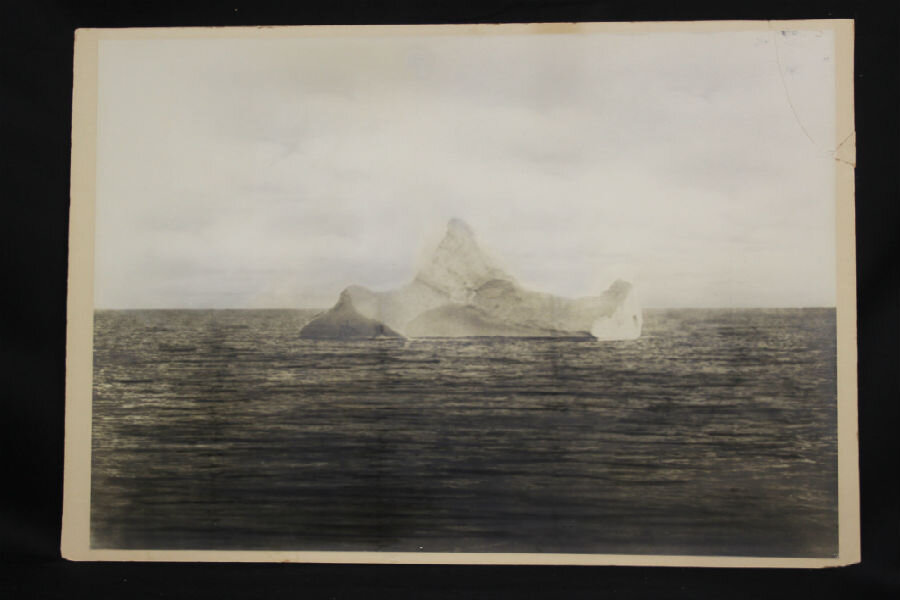Would you pay $23K for a century-old cracker? Someone did
Loading...
Nearly a century after the Titanic ocean liner sank in the Atlantic, people are willing to pay unimaginable sums for a piece – or crumbs – of one of the most famous disasters in recent history.
An anonymous Greek collector paid $23,000 in a Saturday auction, nearly $10,000 over the asking price, for a century-old cracker from the survival kit of a Titanic lifeboat. British auctioneer Henry Aldridge & Son sold the vintage cracker, along with a photo that garnered $32,000, showing the iceberg on the day after the collision.
James and Mabel Fenwick had kept the cracker as a souvenir. They were newlyweds embarking on a three-month honeymoon trip to Europe on the SS Carpathia, a trip cut short when the ship changed course to rescue 700 survivors from the Titanic, a first-of-a-kind, seemingly indestructible, luxury cruise liner that hit an iceberg and sank along with 1,500 passengers and crew members.
Since the ship sank on April 15, 1912 in the Atlantic Ocean, the tragic story of the biggest, most luxurious ship to sail – and sink – on the open sea has captivated people.
The dozens of stories of the ship’s design and unveiling, its eclectic mix of passengers from all walks of life and heartbreaking stories from its demise weave a tale so riveting Hollywood couldn’t have conjured it up.
“It’s got everything that you’d want in a drama,” Robert Livingston, executive vice president of RR Auction in Boston told The Christian Science Monitor in an interview.
“It’s the man hubris against nature story, the fact that an iceberg could rip a hole in the ship and that two-and-a-half hours later it could go down in the Atlantic, and the fact that owner and designer of the ship is on board,” makes for a story that people are obsessed with to this day, Mr. Livingston explained. The manuscripts and documents auctioneer has sold dozens of items from the ship.
The unveiling and then sinking of the liner on its maiden voyage was an immediate and persistent global media sensation. It inspired 100 songs within a year of the incident. A movie featuring silent-screen star Dorothy Gibson, who had been on board and survived the wreck, was released within weeks of the incident.
As Robert Sullivan, managing editor of LIFE Books, described in the Huffington Post, the Titanic story was replaced with the world wars and the Great Depression, but it resurfaced with the publication of the 1955 nonfiction book "A Night to Remember" by Walter Lord, who had “become obsessed with what Titanic seemed to mean and what its demise said about human aspiration,” Sullivan wrote.
Thirty years later, researchers from the Woods Hole Oceanographic Institute discovered the wreckage hundreds of miles southeast of Newfoundland, making international headlines. And James Cameron’s epic film blockbuster in 1997, which Mr. Lord advised, immortalized the story in modern popular culture.
“People find the story compelling to this day,” explained Mr. Livingston.
And they’re willing to pay tens of thousands of dollars for a piece of the history.
When the Titanic wreck turned 100 in 2012, RR Auction sold dozens of items that had been kept by families of survivors, including a letter home from Wallace Hartley, the violin player famous for leading the ship’s band that played as she sank.
In the $185,000 letter, Mr. Harley describes the opulence of the ship, his disappointment over his low pay, and that “the boys in the band are very nice,” Livingston recalls.
He says many letters survived because the Titanic dropped off mail twice before it set sail.
“Can you imagine getting a letter from your dead son weeks after the tragedy?” Livingston asks.







